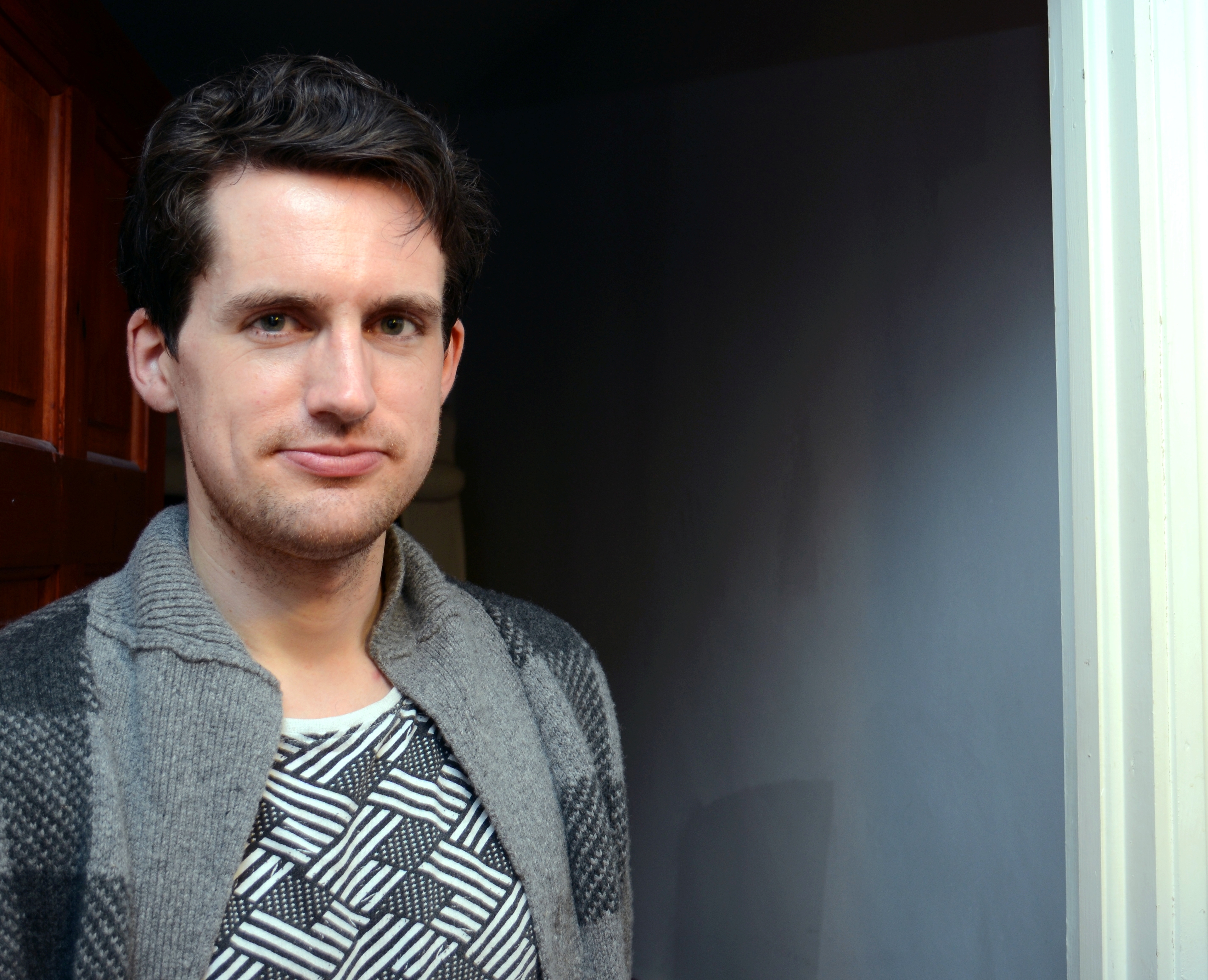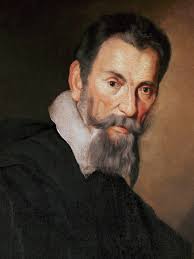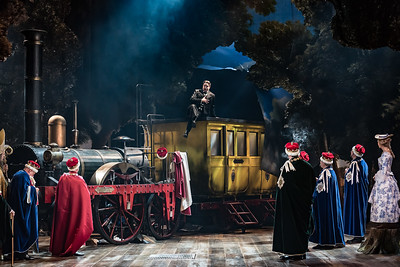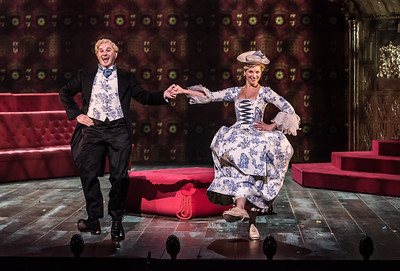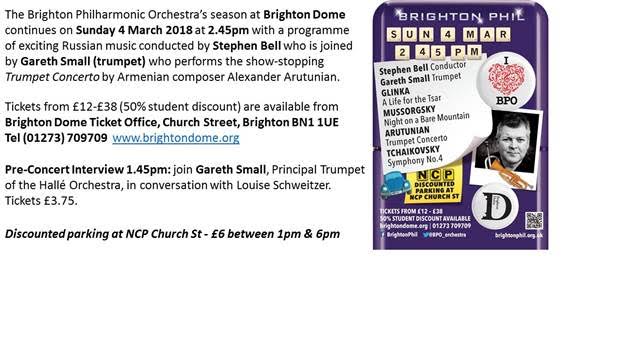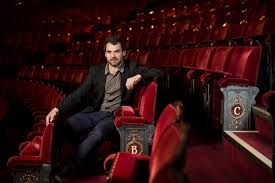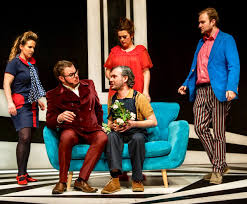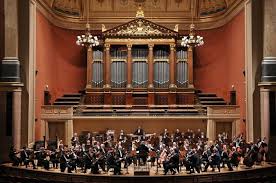Bach: Mass in B minor
Choir of Trinity College Cambridge, Orchestra of the Age of Enlightenment, Stephen Layton
HYPERION CDA 68181/2
There is a lightness, a sense of joy, which pervades this new recording even in its most serious moments. The Sanctus in particular floats with seemingly effortless ease, mirroring the outpouring of excitement at Et resurrexit in the Creed. When this is added to the fine line up of soloists, including Iestyn Davies mellifluous counter-tenor (listen to the meltingly beautiful Agnus Dei) and the crisp direction of Stephen Layton, the whole is highly recommended.
Brahms: Three Violin Sonatas
Tasmin Little, violin; Piers Lane, piano
CHANDOS CHAN 10977
When one realises the long association Brahms had with a number of great violinists it is strange that so little music was composed especially for them. These three sonatas – Op78 dating from 1878 and the other two Op100 and Op108 dating from a decade later – are all that survive for piano and violin though they more than make up for any lack of number with the quality of the compositions themselves which are here given exemplary performances.
Handel’s last Prima Donna
Ruby Hughes, soprano, Orchestra of the Age of Enlightenment, Laurence Cummings
CHACONNE CHSA 0403
The purity of Ruby Hughes voice makes an ideal vehicle for this collection which reflects the repertoire of Giulia Frasi, the soprano in all of Handel’s late works. She is movingly effective in the two arias from Theodora and the lament from Jephtha. The real bonus, however, is the inclusion of arias by Philip Hayes, John Christopher Smith and Thomas Arne which demonstrate the quality of composition being provided by Handel’s rivals at the same time. She is accompanied throughout by the Orchestra of the Age of Enlightenment under the sensitive baton of Laurence Cummings.
Haydn: String Quartets Op64
Doric String Quartet
CHANDOS CHAN 10971
A bargain here as the two cds include all six quartets of Op64. They were written at a pivotal point in Haydn’s career as he made his first visit to London. Moreover, not only were they printed for sale and therefore performance by amateur players at home, but were, most unusually, included in some of Salomon’s London concerts, thus giving them public as well as private airing. The Doric String Quartet have already brought us fine recordings of Op20 and Op76 – to which these new cds of Op64 are equally welcome.
Beethoven: Violin Sonatas
Chloe Hanslip, violin, Danny Driver, piano
No1 in D major Op12/1; No3 in E flat major op12/3; No6 in A major Op30/1; No8 in G major Op30/3
Vol 1 Rubicon RCD 1010
No4 in A minor Op23; No5 in F major Op24 Spring; No7 in C minor Op30/2
Vol 2 Rubicon RCD 1011
The complete Beethoven sonatas for violin and piano were recorded live in Southampton’s Turner Sims Concert Hall in concerts given across 2017. The first two releases are listed above and benefit from the immediacy and rapport of a live performance, particularly important with these early works by the composer which benefit from the intimacy of a live response. Chloe Hanslip and Danny Driver obviously know the works well and bring love and enthusiasm to their performances throughout.
Tchaikovsky: Pique Dame
Dutch National Opera, Royal Concertgebouw, Maris Jansons
UNITEL 743908
Stefan Herheim’s production is built around the final days of Tchaikovsky’s life with the composer himself on stage almost the whole time and playing Prince Yeletsky. It is impressively carried through once one has accepted that there is nothing naturalistic on stage. Many moments are vividly impressive, not least Hermann’s anguish following the death of the countess, when the whole stage dissolves into a rage matching his own and the vast chandelier swings like an enormous Botafumeiro.
A strong cast are led by Misha Didyk as Hermann, Svetlana Aksenova as Liza and Alexey Markov as Count Tomsky. Mariss Jansons conducted with fire and brings an unexpected edge to the production as a whole.

